UL Class A ground-fault circuit interrupters (GFCI) began to be required in kitchens, bathrooms and outdoor outlets in the early ’70s, and have saved many lives over the years: According to the Consumer Product Safety Commission, household electrocutions decreased from 270 in 1990 to 180 in 2001. But what about in the workplace? Class A GFCIs cannot be used where the electrical equipment runs on 480 or 600 V. Yet the danger of electrocution is real. From 2003 to 2009 there were 801 fatal workplace accidents caused by worker contact with electrical current (not including the construction
industry).
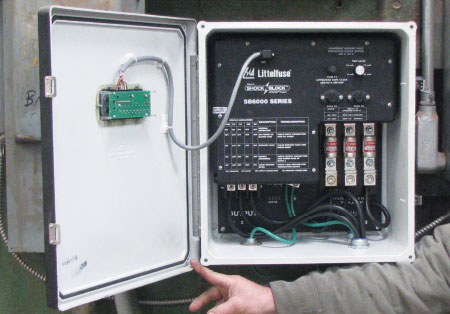
Photo 1. Industrial Shock Block GFCI for circuits 208 V to 600 V (208, 240, 480, and 600 V.)
Traditionally, measures to prevent shock have included insulated tools, insulated gloves, lockout tagout, etc., but all of these options are reactive, and none proactively eliminates the hazard. There are ground fault relays (GFRs), but those react too slowly to provide people protection, and Class A GFCIs are not practical for industrial settings.
The situation is finally changing, based on the recently introduced special purpose GFCIs in UL 943C, where new classes are added for 480 and 600 V applications. Although the new classes of devices trip at higher current levels (20 mA instead of 6 mA), UL calls these devices GFCIs, which UL defines as “a device intended for the protection of personnel.”
The increase in personnel protection trip level of the new GFCI classes is allowed by UL assuming the availability of a reliable ground in parallel with the body. During a fault, the grounding conductor will shunt the fault current around the body and cause the device to trip. This provides the let-go protection, while the 20 mA threshold provides protection against fibrillation. (If there is no grounding conductor, such as in two-wire household products, then the GFCI must provide both let-go and fibrillation protection, and a Class A device is required.)
Impedance of the human body decreases rapidly above 150 volts to ground, and GFCI protection would require impossibly fast trip times. That’s why UL 943C defines different classes of GFCI based on the type of grounding (figure 1). If reliable grounding is provided in a circuit of less than 150 volts to ground, then the touch voltage will be less than 150 volts to ground and a Class C GFCI may be used.
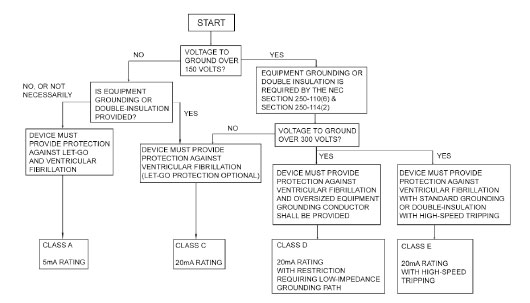
Figure 1. How to determine the class of device for a particular application. This figure appears in UL 943C as Figure 1.1 and is used with permission. Copyright © Underwriters Laboratories Inc. UL 943C, Edition 2, 2012.
If the circuit voltage is between 150 and 300 volts to ground, then the solid reliable grounding conductor must be the same size as the hot (ungrounded) conductor. This forms a voltage divider with two equal impedances and acts to reduce the touch voltage to half (150 volts or less). Then a Class C GFCI may be used.
When the voltage to ground exceeds 300 volts, UL provides two options. For Class D GFCI protection the circuit requires a low impedance ground that reduces touch voltage to 150 V or less during a fault.Class E GFCI protection uses a standard size grounding conductor but requires a high-speed trip time to limit the body’s exposure and resulting
injury.
Class E GFCIs have the same time vs. current characteristics of Classes A, C, and D up to a fault current of 300 mA (150 V to ground touch voltage with a 500-ohm body resistance). When the fault current exceeds 300 mA, the trip time formula changes to a high speed trip requirement.
For the purposes of this article, it will be convenient to refer to Class A GFCIs as residential GFCIs and refer to the other classes (Class C, Class D and Class E) as “industrial GFCIs,” although UL makes no such distinction.
These other classes of UL-listed GFCIs have recently become available, and they can make worker shock protection proactive, significantly reducing the risk of injury and death due to shock in the workplace. Some industry players believe that, as awareness of UL 943C increases, technology adoption will also increase and, perhaps, the electrical codes will be updated to require GFCIs in more industrial applications. And while the NEC® and CEC® do not yet require broad use of industrial GFCIs, some sections recommend their use for specific applications.
Electrical inspectors and installers may not know that these devices exist, as until now there was no UL-listed device that could protect industrial workers from electrocutions. Electrical inspectors will want to become familiar with the relevant standards and installers will want to understand how to apply them. What’s more, as industrial GFCIs are gradually adopted into use, inspectors will start to encounter them; inspectors should understand how they operate and how they are properly installed.
A little history
In 2000 UL addressed the need for GFCIs designed for higher power with a draft Outline of Investigation called 943C, and revised it in 2009, but it was not until 2012 that commercial products became available. Many users are still unaware that such solutions are available and not very many workplaces have installed them, still exposing workers to risk of electrocution.
Where industrial GFCIs are used
Any place where water, people, and significant voltage equipment meet presents the potential for a shock hazard. Industrial GFCIs are being installed on equipment subject to washdown, such as food and beverage facilities; in processing plants handling wet materials using large pumps or mixers; and in water and wastewater facilities, municipal fountains and even amusement parks.
Industrial GFCIs are also used for outdoor applications like welding, mining, or anywhere workers use portable equipment or equipment with long power cords or cables. It is expected that portable applications will be one of the first places for adoption of industrial GFCIs.
Classes of industrial GFCIs
GFCIs for residential use are listed under UL 943 as Class A, but they are not suitable for industrial use for two reasons: they are rated only for 120 and 240 V installations, and their 6 mA trip level is typically too low for industrial applications. Many industrial electrical systems have normal leakage current greater than 6 mA, in which case a residential GFCI would never leave trip mode and the circuit would never power up.
UL 943C has three classes for industrial GFCIs: Class C, for use in circuits with maximum line-to-ground voltage of 300 V where reliable equipment grounding or double insulation is provided; Class D, for use in circuits with line-to-ground voltage higher than 300 volts with oversized grounding to prevent the voltage across the body during a fault from exceeding 150 volts; and Class E, which covers systems similar to Class D, but with high-speed tripping required, therefore the oversized ground of Class D is not required. Figure 1 shows how the class of device for a particular application is determined.
There was also a Class B, which applied only to swimming pool underwater lighting fixtures that were installed prior to local adoption of the 1965 edition of the NEC. These are considered obsolete and have been removed from UL 943, the UL Standard for Ground-Fault Circuit-Interrupters. They will seldom be encountered in practice and will not be further discussed here.
Industrial GFCIs differ from Class A units in another important way: UL requires that they monitor the equipment ground wire, to detect whether the monitored equipment is properly grounded, and to cause a trip if the grounding connection is lost.
Inverse-time curve
According to UL, Class C, Class D, and Class E GFCIs follow the same inverse-time protection curve as Class A GFCIs, which is defined by this equation.

This curve is shown in figure 2, where the current (I) is in mA and the time (T) is in seconds. The unit should trip in about 1 s at a current of 20 mA (quickly enough to prevent injury at that current level), and within 20 ms at currents of 300 mA or higher. The higher the current, the faster the GFCI must trip. The advantage of the inverse trip curve is that it minimizes nuisance tripping for transient low-current faults while providing full people protection from ground-fault current.
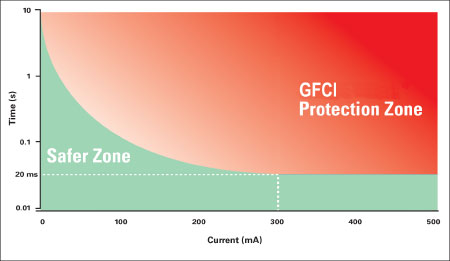
Figure 2. UL 943C requires industrial GFCIs to follow this trip curve.
In practice, a Class C, Class D and Class E GFCI will trip at current between 15 and 20 mA (in order to allow for a range of operating conditions). UL 943C Figure 1.1 states that Class C GFCIs must “provide protection against ventricular fibrillation (let-go protection optional).” Clause 15.2 of UL 943C allows the lower limit of the trip threshold of a Class C device to be reduced to any value between 6 and 15 mA to provide some limited let-go protection as an option.
UL 943 says that Class A GFCIs should have the inverse-time trip curve shown in figure 2 over a leakage current range of 6 to 264 mA, but some manufacturers of lower-priced Class A devices do not implement the curve because it makes the design more complicated, and instead use an instantaneous response that is lower than the quickest response required by the code just to pass testing. The UL curve is the absolute highest time response accepted but it is not restrictive. A device will fail UL testing if it responds to a fault slower than the curve suggests but will pass as long as the response time is less than the curve time. Too-quick response to transient ground-fault currents of low magnitudes will cause nuisance tripping; this is the main reason for not using residential type Class A GFCIs in industrial applications even where the line-to-line voltage is 240 V or lower and the system leakage is
less than 6 mA.
How to install industrial GFCIs
An industrial GFCI can be built into a panel or a cabinet, as shown in figure 3; there are units with their own NEMA 4X enclosures that can be added to existing equipment. A separate load ground monitoring wire must be connected to the chassis of the equipment to be protected through a termination device, as shown in figure 4.
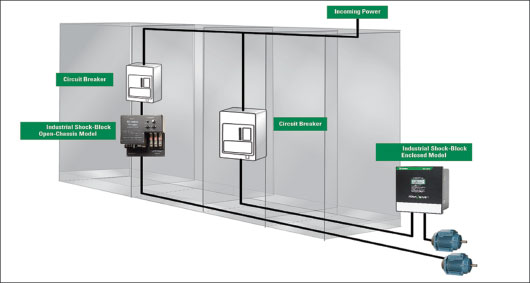
Figure 3. An industrial GFCI can be built into a panel or a cabinet, as shown, or added to existing equipment (using units with their own enclosures).
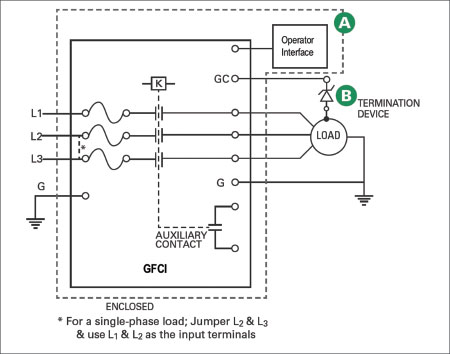
Figure 4. Circuit diagram of an industrial ground-fault circuit interrupter
As shown in figure 4, some GFCIs have internal fuses to increase their interrupting capacity, protect the internal contactor and in some cases eliminate the need for an upstream current-limiting device. In addition, some models can detect undervoltage, brownout, and contactor chatter.
EGFPDs and how they differ from GFCIs
Under certain circumstances the 20 mA trip level of an industrial GFCI can make its use impractical. In those cases, an equipment ground-fault protection device (EGFPD) can be used. EGFPDs offer protection similar to GFCIs but are allowed by UL to have an adjustable trip level (GFCIs have a fixed trip level) and monitoring the equipment ground wire is not required (a mandate for industrial GFCIs). EGFPDs can be adjusted to trip in the range of 6 to 50 mA. EGFPDs are rated by UL for equipment protection only.
Don’t confuse a GFCI or EGFPD with a ground fault relay (GFR). Unlike a GFCI or EGFPD, both of which contain their own circuit interrupters, a GFR works by detecting a ground fault and sending a signal to the trip input of an upstream circuit breaker or contactor. Because GFRs have adjustable trip times, and power breakers often take up to 50 ms to trip, they do not protect people against cardiac arrest.
Summary
Industrial GFCIs provide workers with vital protection against shock injury and electrocution at a cost that is trivial compared to the multiple costs involved with a serious injury or a fatality. Inspectors can play a critical role in informing users of this technology to help them increase safety.









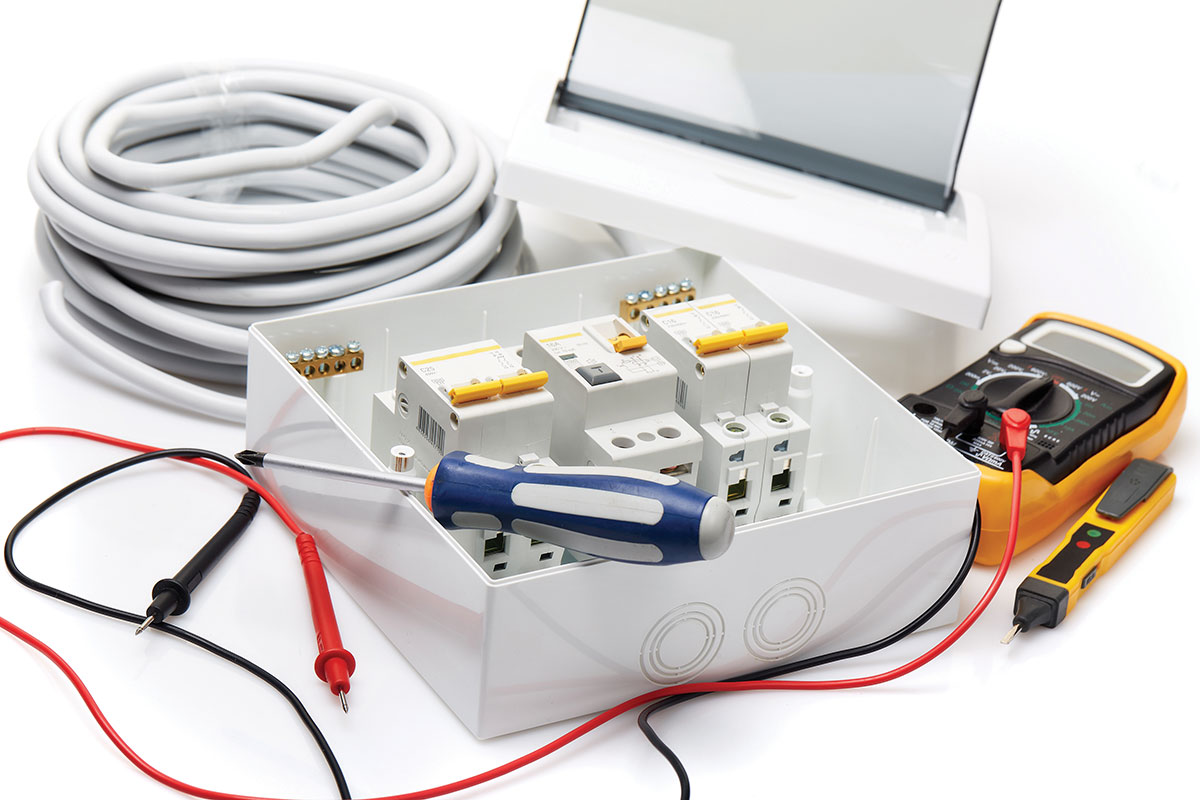
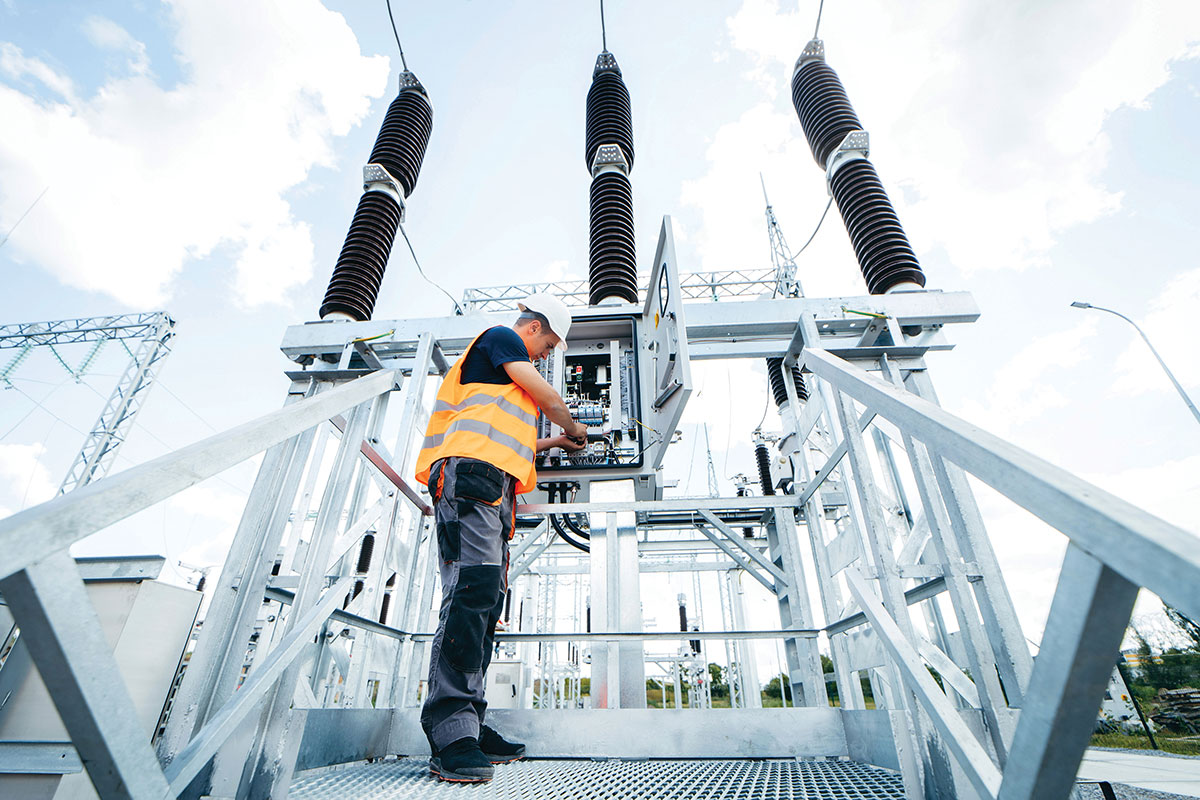
Find Us on Socials